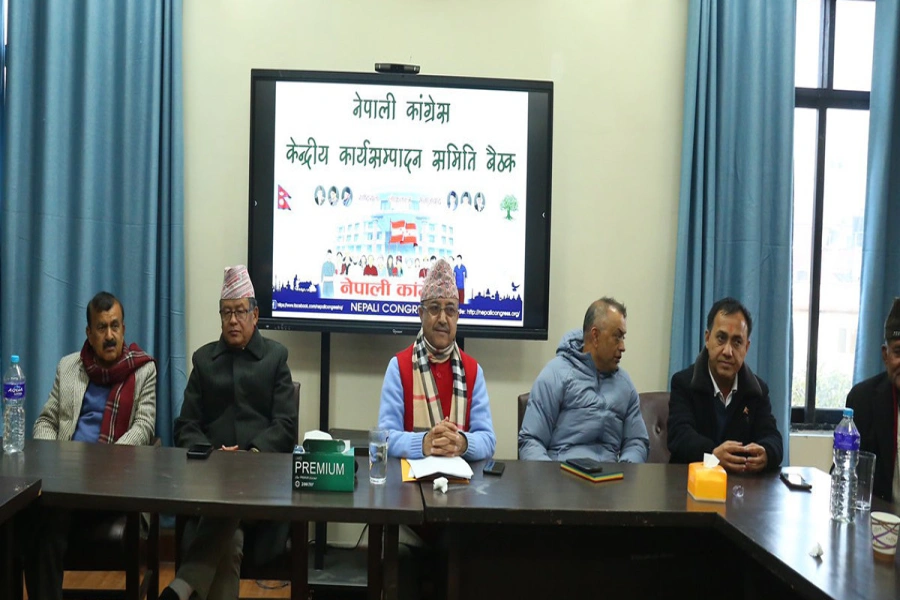KATHMANDU, Jan 27: The play ‘Saatuko Katha’ is based on a folklore popular in the western region of Nepal. The play features Sete Jogi (Prabhakar Neupan), Chanchala (Sakshi Lamsal), Pittaley (Pushpa Awasthi) and Mukhiya (Basudev Khanal) in leading characters.
The play is being staged at Shilpee Theater, Battisputali from January 25-29. It revolves around Sete Jogi who seems to influence every chain of events connected to other characters in the play. The plot introduces Sete Jogi as a mendicant who wanders door to door gathering alms for a living. Since he had been observing a detached life, he lives a life of solitude as a follower of Lord Shiva, and earns recognition as a fortune teller.
Theaters back into operation

The plot progresses when the protagonist finds himself creating an intimate bonding with the well-off Mukhiya’s daughter Chanchala, leaving Mukhiya furious about the fact. Having known Sete Jogi’s status, Mukhiya severely warns him against building castles in the air. Such remarks hit Sete Jogi hard. That very night the rage rushing in his spine makes him ponder late night, and putting away the pot of collected alms he divulges into a dream.
A dream where he makes money out of the gathered alms, sells them, buys chicken, raises them and makes money selling the eggs. Further rearing cows with the assistance of Pittaley, he earns more money supplying milk to the villagers. After all this achievements, he becomes able to win the heart of Mukhiya and gets married to Chanchala. However, the marriage soon invites rift between the couple which results in a nasty fight making Sete Jogi wake up from his dream.
Frantically waking up from the dream his feet kicks the pot that shatters into pieces. Finding the alms scatters on the floor, he finds his last hope of earning money dissipating. He cries out of remorse finding himself the old pauper that he has always been and weeps at his present reality.
The play gracefully portrays the imitation of a western society in Nepal. Although played by a limited number of characters, the play has beautifully depicted the scenario of western Nepal through its typical setting, powerful plot, authentic costumes and props as well as dialects from western Nepal. The delivery of dialogues made through chorus creatively made the transitions between scenes to connect the audience with the play.
Pittaley personifying himself as a rooster was one of the unique and entertaining scenes of the play that certainly tickled the audiences’ funny bones. The play also featured folk music players in the chorus. Overall, the play is a joyful ride for the audience.






































